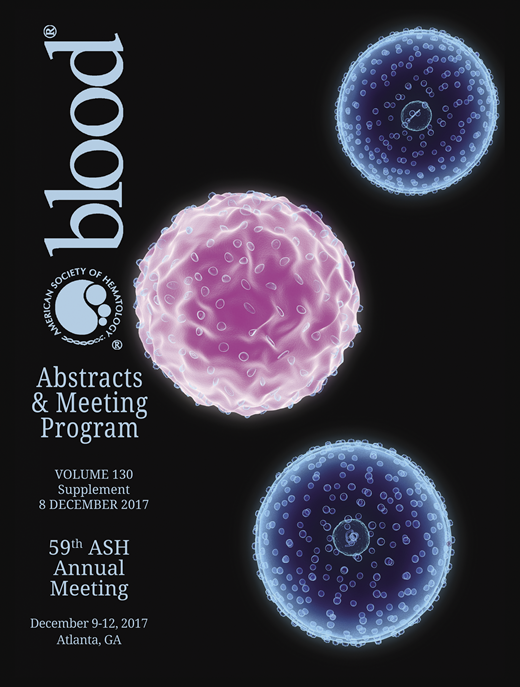Abstract
Introduction
Primary haemophagocytic lymphohistiocytosis (HLH) is caused by mutations in genes which affect the exocytosis of apoptotic granules in T/NK cells, hampering their killing function. Once symptomatic, it requires induction treatment based on steroids and chemotherapy or immunotherapy followed by allogeneic stem cell transplantation (SCT). Difficulties in achieving a good remission prior to SCT and high treatment related toxicities have resulted in overall survival (OS) of only 50-60% at 5 years. Primary HLH has an autosomal recessive pattern of inheritance and studies have shown that only 1/3 of the relatives affected by the same genetic mutation as index cases (ICs) have comparable clinical presentations. It is therefore a challenging decision to offer SCT to a patient with a recognized genetic defect that predisposes to HLH but with no clinical symptoms. Our study investigated outcomes of pairs of ICs and asymptomatic family members with a known genetic defect predisposing to primary HLH. The study also analysed therapeutic attitudes towards the asymptomatic cases (ACs) at various international paediatric BMT centres.
Methods
Patients <18 years were eligible for this study if they had a mutation in one of the known causative genes for primary HLH, if they were asymptomatic at the time of diagnosis, and if their diagnosis was made after an IC in the family. After appropriate IRB review, data was collected through a questionnaire distributed to centres through the Histiocyte Society.
Results
19 Centres in Europe and North America were contacted and they reported a total of 28 analysable pairs of ICs and asymptomatic cases (ACs). Of these, 11 had perforin deficiency, 6 Griscelli syndrome type II, 5 MUNC 18-2 deficiency, 3 MUNC 13-4 deficiency, 2 syntaxin deficiency, and 1 Chediak Higashi syndrome.
All ICs had overt disease at the time of presentation at a median age of 1.5 years (range 0-11.5). 14/28 (50.0%) had CNS involvement and 6 (21.4%) were refractory to front line treatment. 18/28 (64.3%) underwent SCT. 13 (72.2%) are alive in complete remission (CR). 4 died due to transplant related mortality (TRM) and 1 from disease progression post SCT. 9 (32.1%) did not undergo SCT and received chemo-immuno therapy. Of these, 2 are alive in CR (both with MUNC 18-2 deficiency), 1 was lost to follow up and 6 have died due to disease progression (n=5) or treatment related toxicity (n=1). One child had an undocumented treatment and died from unknown causes. 15/28 (53.6%) of ICs are alive at a median follow up of 3 years from diagnosis (range 0.1-11).
Median age of ACs at diagnosis was 0.7 years (range 0-15). Of these, 9/28 (32.1%) activated HLH whilst on observation/waiting for SCT and 2 (22.2%) required multiple lines of treatment to achieve remission. 8 patients underwent SCT; 5 are alive in CR and 3 died (2 from disease progression and 1 from TRM). The remaining patient was on treatment with HLH04 protocol when he was lost to follow up. Of the remaining 19 ACs, 6 have received no specific treatment and are being monitored. They are all alive in CR. 13 underwent SCT as a pre-emptive measure and 12 are alive in CR at a median follow up of 37 months, 1 died of SCT unrelated causes 12 months post SCT whilst in CR.
Of 27 evaluable ACs, 23 (82.1%) are alive at a median follow up of 3 year from diagnosis (0.6 to 11). 17/21 patients who underwent SCT are alive (81.0%). 12/13 (92.3%) transplanted before the development of HLH are alive compared to 5/8 (62.5%) transplanted after HLH development (p=0.25)
OS for ACs was significantly higher than for ICs irrespective of treatment (82.1% vs 53.6%, p=0.02). There was no survival difference according to the underlying genetic defect. Based on their clinical experience, 80% of the reporting centres would favour elective SCT in future ACs, 10% would adopt a careful 'wait and watch' policy and 10% would be guided by the severity of presentation in the index case.
Conclusion
In our study ACs had a significant survival advantage especially if transplanted before the development of HLH, where survival was nearly 100%. Most transplant centres are adopting the approach of pre-emptive SCT. This information will be very valuable for physicians and families faced with this difficult decision.
Lucchini: Alexion: Membership on an entity's Board of Directors or advisory committees.
Author notes
Asterisk with author names denotes non-ASH members.

